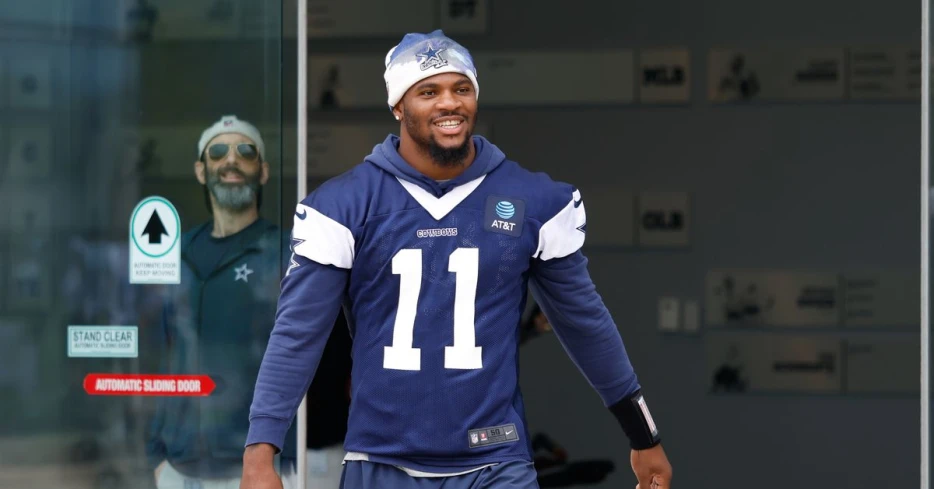
 Blogging The Boys
Blogging The Boys
When do you think the Micah Parsons extension is going to happen?
The Dallas Cowboys are making moves. Sometimes it doesn’t feel like the team is doing that, as the front office is criticized for sitting on their hands and doing very little while the other 31 NFL teams around them get better. The Cowboys' “complacency” is derived from the idea that they don’t like to spend money. Some believe the Jones family is just trying to increase their profits by reducing their expenses.
But the truth is, the Cowboys, just like everyone else, spend money. They adhere to the same salary cap budget as all the other teams and try to do the best they can with the resources available to them. However, the business of the NFL allows teams to pick and choose how they want to allocate these funds by simply manipulating the salary cap. Between signing bonuses, salary restructures, and void years, teams can finesse how much money goes toward their cap budget on any given year. It’s for this reason that people say the salary cap is a myth.
Cash spending is a little different. It’s the actual money a team pays out to its players every year. This includes every player's base salary, but also consists of any signing bonuses for any player who received a new contract. Cash spending and cap differ because bonus money (signing or restructures) is money handed out to the player, but the amount counted against the cap is prorated over multiple years. To explain this difference, we’ll use CeeDee Lamb’s contract as an example.
Lamb signed a four-year, $136 million deal with a signing bonus of $38 million. His signing bonus was prorated over five years at a cap hit of $7.6 million per year. His 2024 base salary was just $1,150,000. Taking into account all those figures, here’s what his cash vs. cap looked like for last year:
There is a big difference between the two. Ultimately, the cash and cap hits will catch up to each other as all the money paid out to a player must count against the cap eventually, but the ability to push money out affords teams more choices in how they want to budget their expenses.
So, while every team must adhere to the salary cap, how much cash they choose to spend in a given year is up to each team and will differ by over $100 million between the highest- and lowest-spending teams. For example, the Minnesota Vikings are the highest cash-spending team this year at $358 million, while the Green Bay Packers have only spent $244 million.
Most of the time, the cash spending amounts are due to timing. Teams that give extensions to expensive players will spend more cash for that particular year because they’re paying out huge signing bonuses. They may spend...